Joseph Henry Sharp (1859-1953)
Get a Sharp Certificate of Authenticity for your painting (COA) for your Sharp drawing.
For all your Sharp artworks you need a Certificate of Authenticity (COA) in order to sell, to insure or to donate for a tax deduction.
Getting a Sharp Certificate of Authenticity (COA) is easy. Just send us photos and dimensions and tell us what you know about the origin or history of your Sharp painting or drawing.
If you want to sell your Sharp painting or drawing use our selling services. We offer Sharp selling help, selling advice, private treaty sales and full brokerage.
We have been authenticating Sharp and issuing certificates of authenticity since 2002. We are recognized Sharp experts and Sharp certified appraisers. We issue COAs and appraisals for all Sharp artworks.
Our Sharp paintings and drawings authentications are accepted and respected worldwide.
Each COA is backed by in-depth research and analysis authentication reports.
The Sharp certificates of authenticity we issue are based on solid, reliable and fully referenced art investigations, authentication research, analytical work and forensic studies.
We are available to examine your Sharp painting or drawing anywhere in the world.
You will generally receive your certificates of authenticity and authentication report within two weeks. Some complicated cases with difficult to research Sharp paintings or drawings take longer.
Our clients include Sharp collectors, investors, tax authorities, insurance adjusters, appraisers, valuers, auctioneers, Federal agencies and many law firms.
We perform Joseph Henry Sharp art authentication, appraisal, certificates of authenticity (COA), analysis, research, scientific tests, full art authentications. We will help you sell your Joseph Henry Sharp or we will sell it for you.

Joseph Henry Sharp was an American painter born in Bridgeport, Ohio. Sharp is known for his influence in the formation of the Taos, New Mexico Society of Artists. As a child Sharp was more interested in drawing and playing outdoors than academics. Sharp had impaired hearing for much of his life and eventually became deaf, after nearly drowning in a river in Ohio.
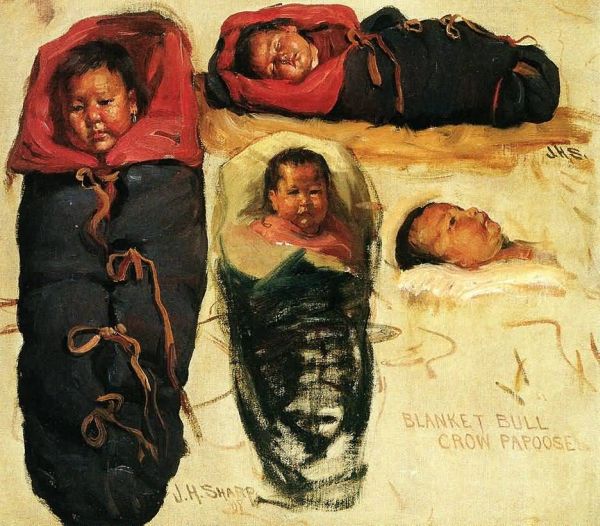
Sharp’s handicap did not prevent him from exhibiting great talent as a painter. Sharp enrolled at the Mckmicken School of Design in Cincinnati, Ohio. After receiving a foundation in painting at Mckmicken, Sharp travelled to Europe where he continued his studies in Belgium at the Antwerp Academy. Sharp stayed in Europe for a few years to work and study before returning to the United States.
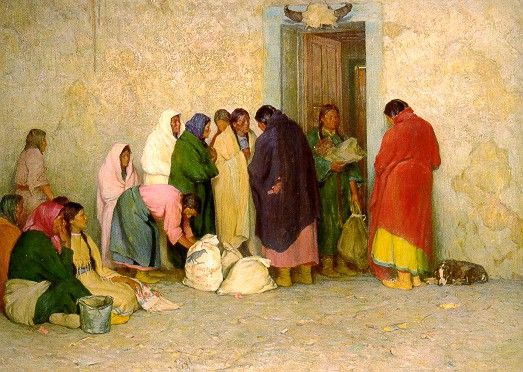
In 1883 Sharp visited Taos, New Mexico, where he painted several landscapes and portraits of Native Americans. Since few, if any, other artists had visited Taos, Sharp’s paintings were extremely popular. The Smithsonian Institute purchased several of Sharp’s paintings and President Theodore Roosevelt commissioned Sharp to do more paintings of Native American life.
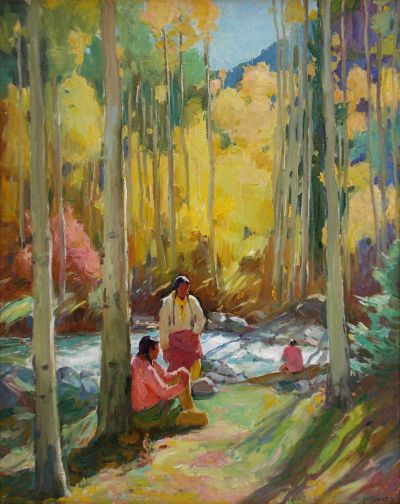
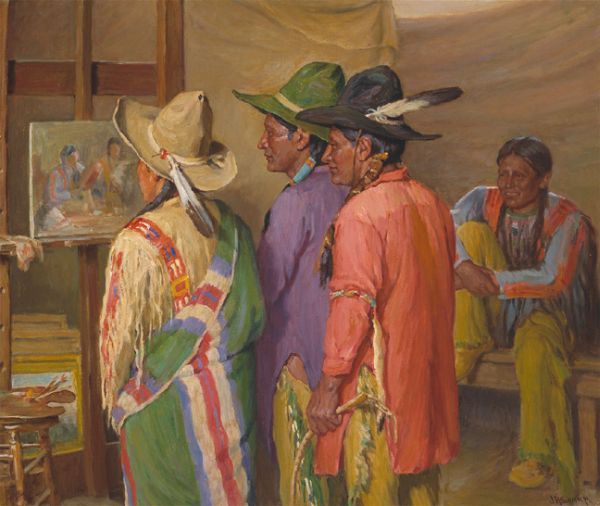
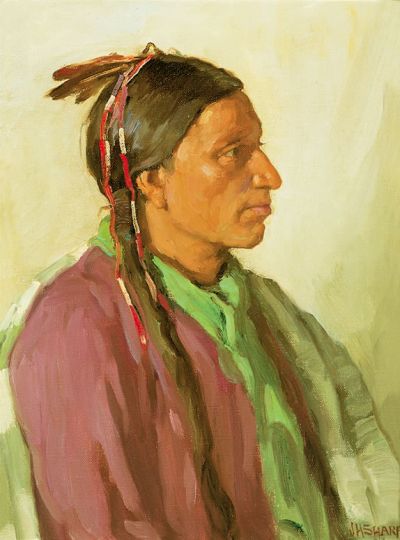
Sharp settled in Taos where he continued to paint and do illustrations for Harpers magazine. Sharp painted Native American at a crucial time in which the culture was quickly vanishing. Sharp learned a great deal about the culture and history of Native American groups. Sharp’s paintings are now in American Art collections across the United States. Sharp was often referred to as the “Spiritual Father” of the Taos Society of Artists. Do you think you own a painting by Joseph Henry Sharp? Contact us. We are the experts on Joseph Henry Sharp.
